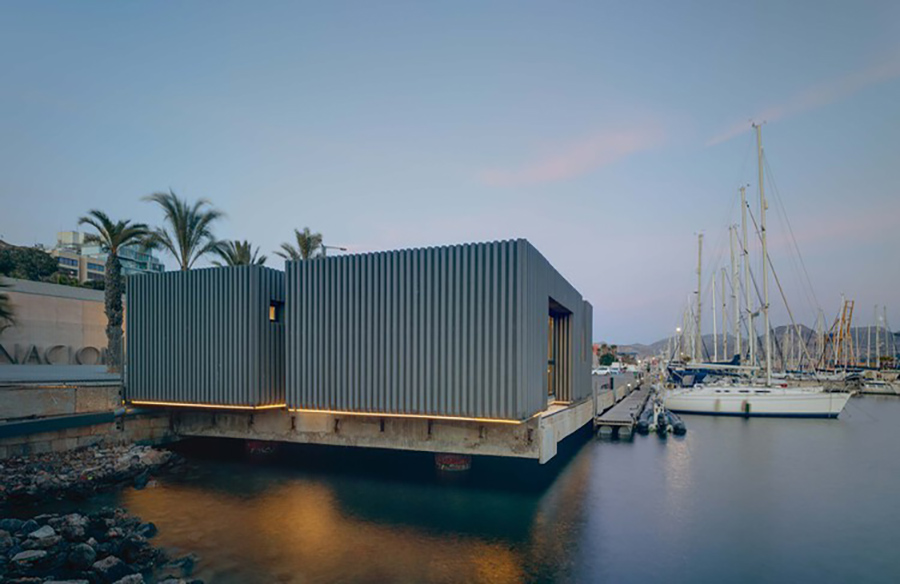
Healthcare architecture plays a crucial role in providing essential services to communities, ensuring comfort, and fostering a sense of belonging. In Cartagena, Spain, Estudio Huma has exemplified this ethos through its innovative design of small-scale healthcare facilities.
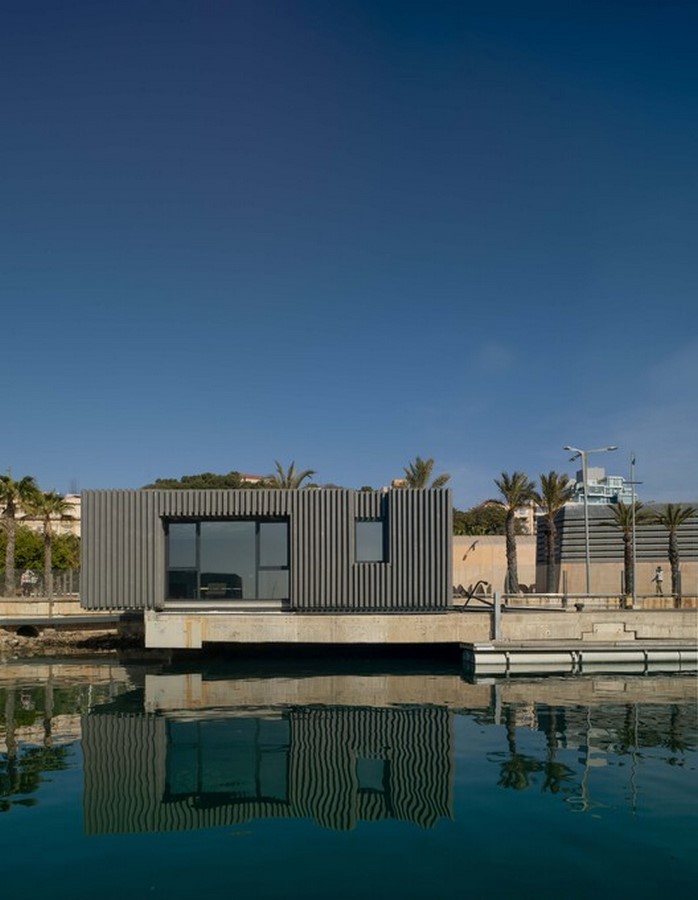
Serving Beyond Materialization
The essence of healthcare architecture lies in its ability to serve above all else. Estudio Huma’s creation of changing rooms with laundry facilities at the port of Cartagena exemplifies this dedication to service. These facilities cater to individuals from diverse backgrounds, offering solace and comfort to those far from home.
Creating Solid Ground
Amidst the constant sway of the sea, individuals yearn for stability and familiarity. The changing rooms constructed by Estudio Huma serve as a metaphorical anchor, providing a sense of solidity and warmth. Through basic functions like personal hygiene, these spaces aim to recreate the familiarity of home, fostering a cozy and welcoming environment.
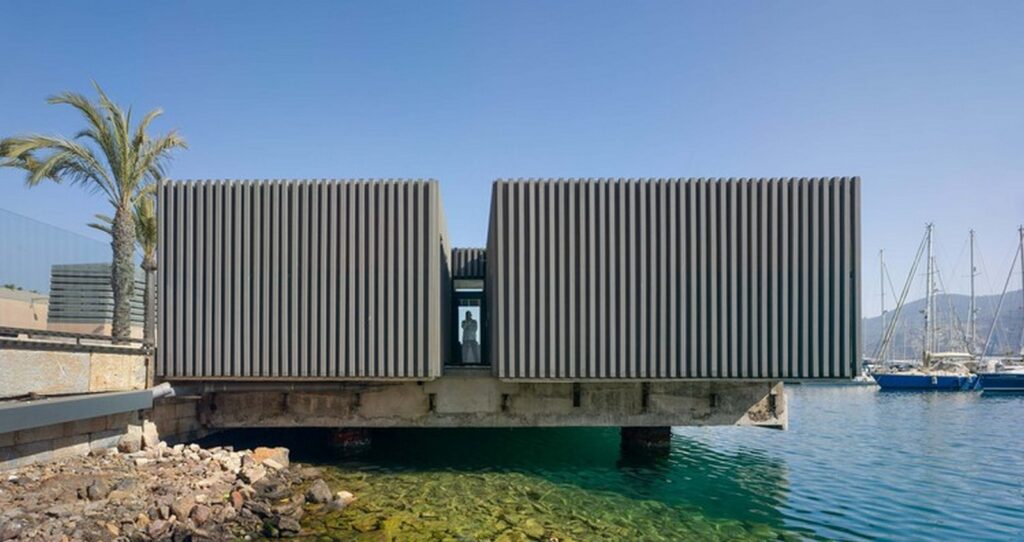
Recognition and Domestication
Daily routines within these spaces serve as a form of self-recognition and domestication of public space. Simple acts like brushing teeth or combing hair become rituals of comfort and familiarity, bridging the gap between the foreign and the familiar.
Beauty in Smallness
Despite its modest size, the dressing room building stands out amidst its surroundings, much like a boat amidst larger vessels. Its design speaks to the service it provides, offering intimacy and privacy to its users while remaining a symbol of beauty and functionality.
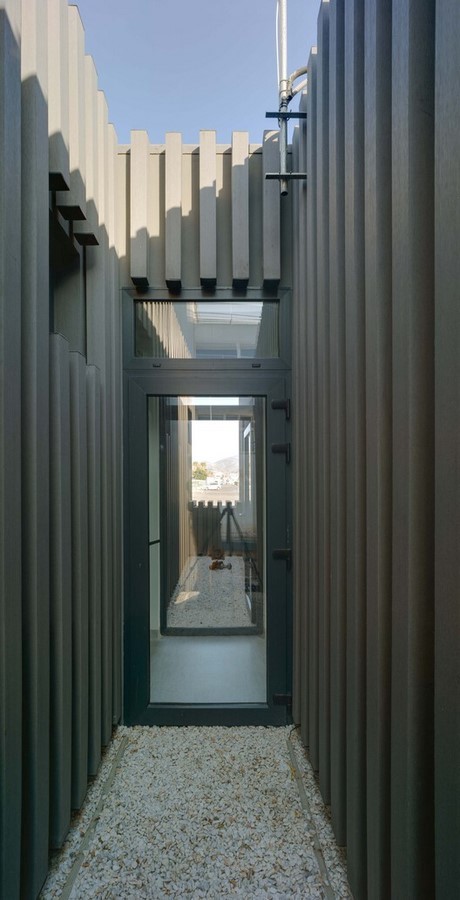
Dynamic Design Elements
Estudio Huma’s attention to detail is evident in the dynamic design elements incorporated into the changing rooms. The use of natural resin slats creates a facade that interacts with light, mimicking the movement of rigging in the wind and adding a sense of dynamism to the structure.
Embracing the Sea
The sea remains a constant presence within the changing rooms, symbolized by a large window oriented towards its expanse. This integration of nature into the built environment fosters a sense of connection and unity, transcending the isolation often associated with maritime life.
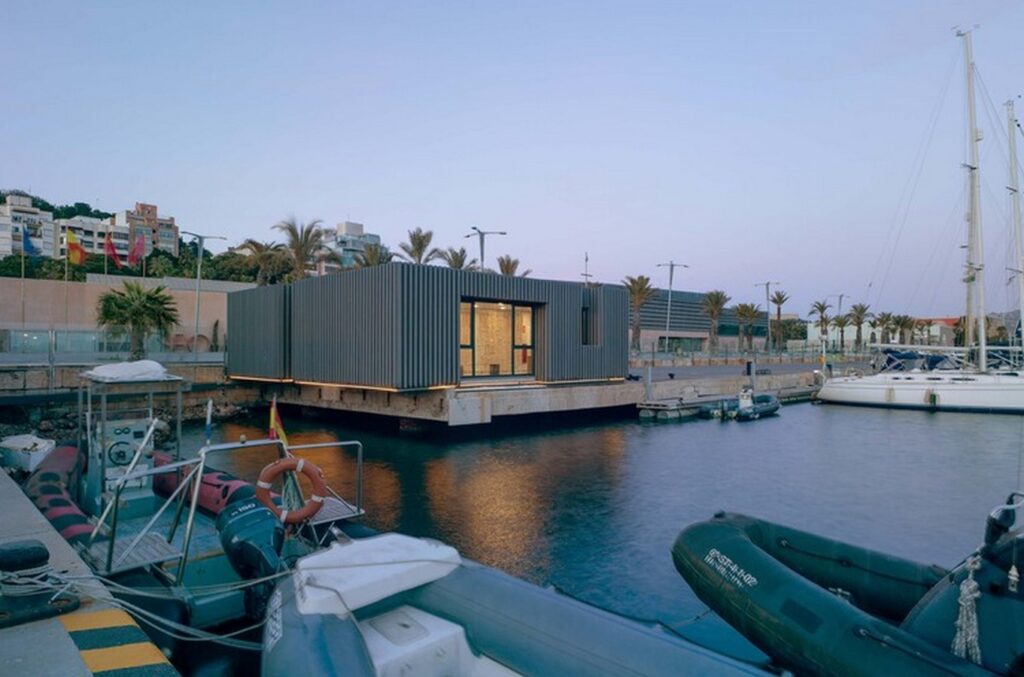
Balancing Act
The architecture of the changing rooms reflects a delicate balance between solidity and mobility. Despite its proximity to the sea, the structure remains firmly grounded, providing stability amidst the fluidity of its surroundings.
A Tribute to Maritime Heritage
Embedded within the walls of the changing rooms are stories of maritime life, paying homage to the architectures of the past that served humanity at sea. Through its design, Estudio Huma celebrates the legacy of structures like baths and dressing rooms, acknowledging their vital role in maritime history.
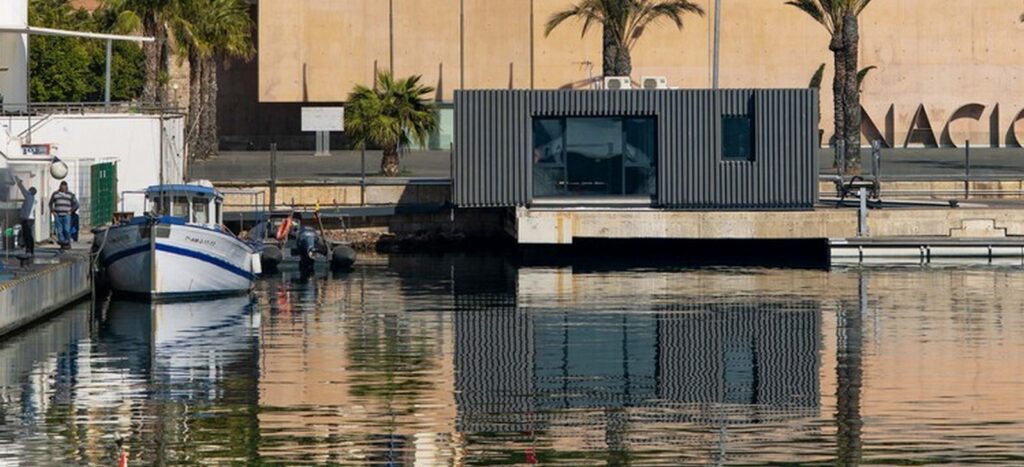
Conclusion
In conclusion, Estudio Huma’s healthcare architecture in Cartagena, Spain, serves as a testament to the power of design in fostering comfort, stability, and connection. By blending functionality with innovation, these changing rooms offer a glimpse into the intersection of architecture and human experience, providing a beacon of solace amidst the vastness of the sea.



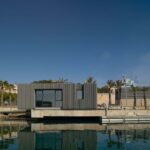
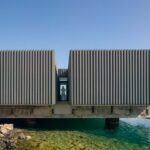
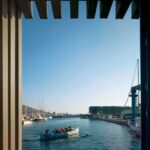
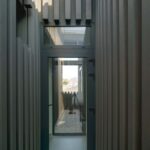

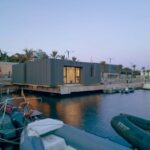
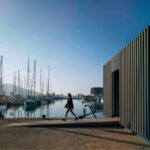

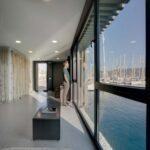
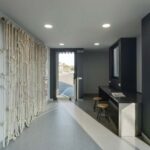
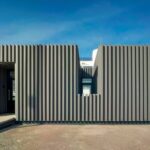
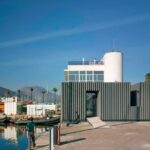










Leave a Reply